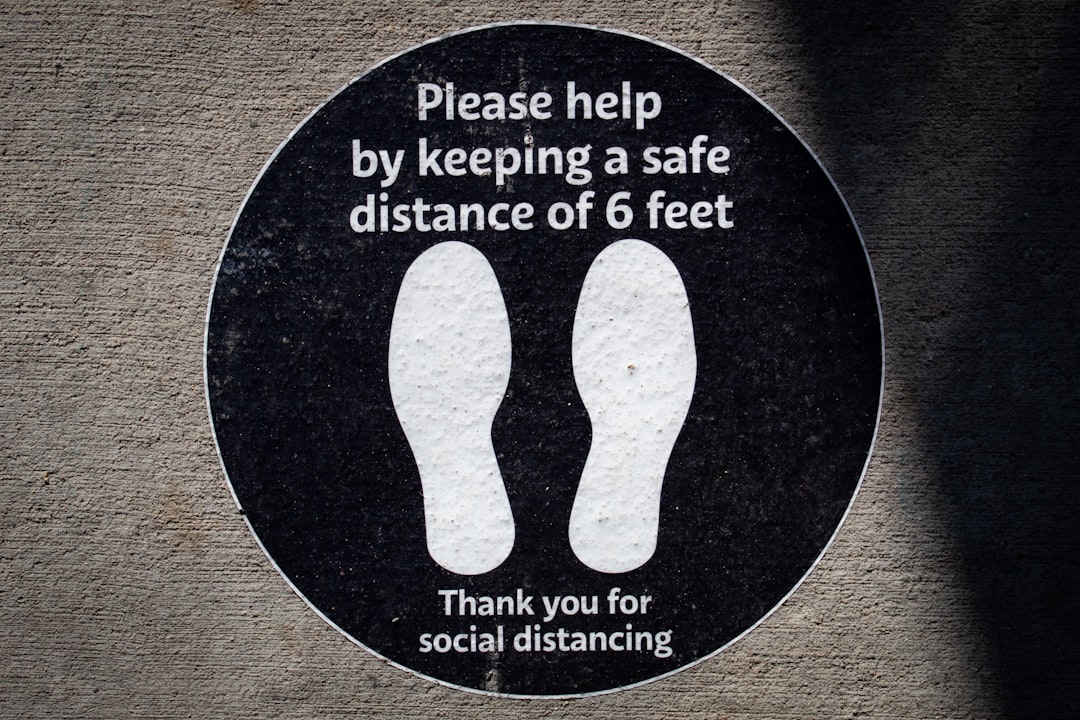What is it about?
In this study we applied DNA barcoding, a molecular tool that identifies species based on DNA sequences, to fish species found in the Sea of Galilee and area. Traditional, morphology based taxonomy was compared to the DNA barcoding strategy. While some discrepancies were found for several species, for most species the two identification methods agreed. Based on this data, suggestions to improve taxonomy status of several species were made, and a comprehensive DNA barcoding database of fish species in the context of the Sea of Galilee was established. We believe that comparing any fish DNA sequence from the area against this database will result in a successful species level identification.
Featured Image

Photo by Robert Bye on Unsplash
Why is it important?
DNA barcoding allows quick and efficient identification of species, even in cases were traditional morphological identification methods may not work, this includes different life stages, or even just traces of DNA in environmental samples. This method requires a reliable database, such as the one developed here, to which newly obtained barcodes can be compared. The Sea of Galilee is a valuable freshwater habitat in the Middle East that supports unique fish populations, including endemic species and populations on the edge of their distribution range. However, fishing, recreation, and water supply have placed pressure on these fish populations. This study sets the basis for further using molecular tools for monitoring fish populations, understanding their ecology, and effectively managing their conservation in this unique and important habitat and in the region.
Read the Original
This page is a summary of: Establishing and using a genetic database for resolving identification of fish species in the Sea of Galilee, Israel, PLoS ONE, May 2022, PLOS,
DOI: 10.1371/journal.pone.0267021.
You can read the full text:
Contributors
The following have contributed to this page










